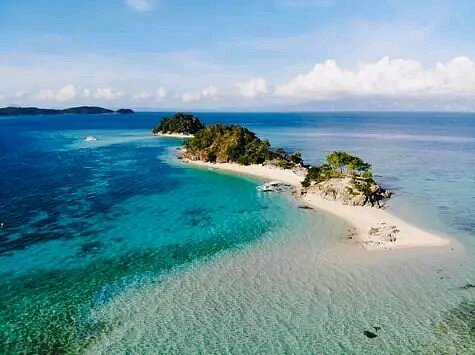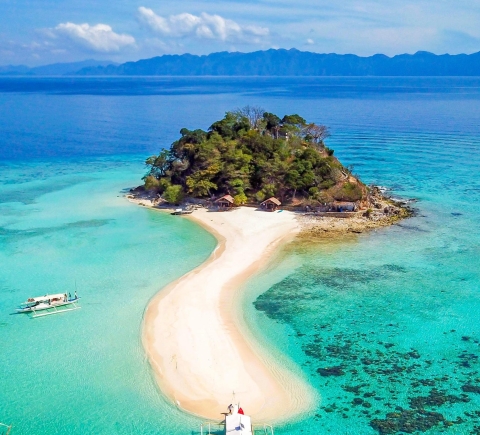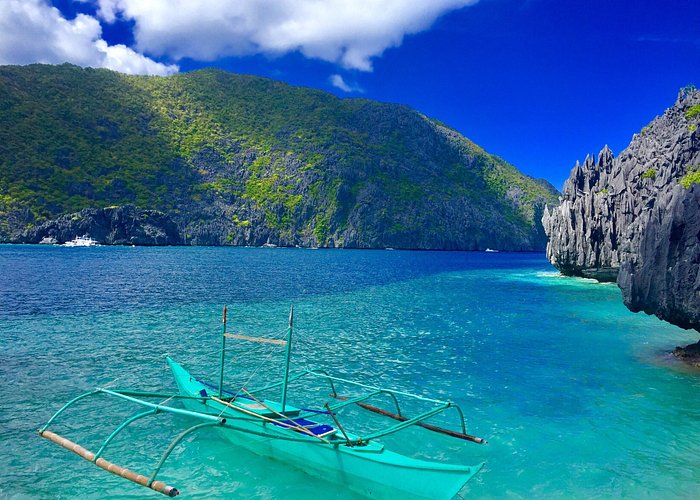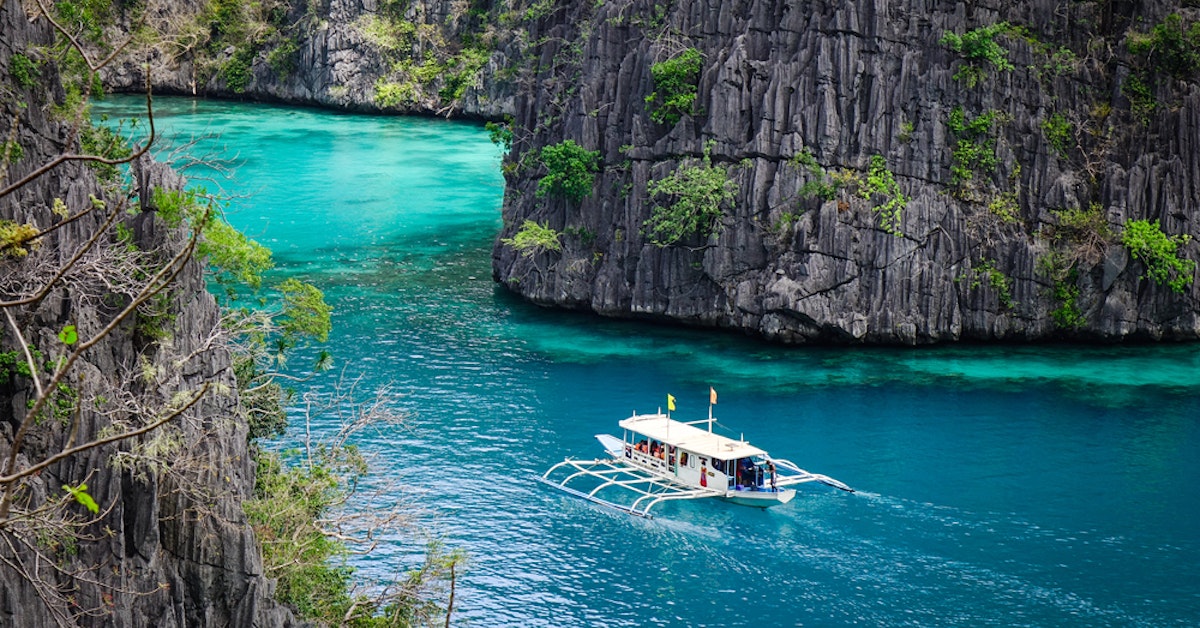Palawan, with its stunning landscapes and vibrant marine life, is a coveted destination for boat tours. To ensure a safe and enjoyable experience, it’s crucial to plan your boat tour around the weather. This guide provides insights into the weather patterns in Palawan and offers tips on how to navigate its waters for a seamless and memorable boating adventure.

Palawan’s Weather Patterns:
Palawan experiences a tropical climate with two distinct seasons: the dry season and the wet season. The dry season typically runs from November to April, characterized by clear skies, calm seas, and warm temperatures. The wet season, from May to October, brings occasional heavy rainfall, stronger winds, and rougher seas due to the monsoon. While boat tours are possible throughout the year, understanding these seasonal variations is crucial for planning a safe and enjoyable excursion.

Choosing the Right Season for Your Boat Tour:
- Dry Season (November to April):
- This period is ideal for boat tours as the seas are generally calmer, offering smoother sailing conditions.
- The underwater visibility is at its best, making it an excellent time for snorkeling and diving.
- Popular boat tour destinations like El Nido and Coron experience a surge in visitors during this season, so planning and booking in advance is advisable.
- Wet Season (May to October):
- While boat tours are still possible, the wet season brings increased rainfall and the potential for occasional storms.
- Seas can be rougher, and some tours may be canceled or modified based on weather conditions.
- Travelers can take advantage of fewer crowds during this season, and lush green landscapes add a unique charm to the scenery.

Tips for Planning Your Boat Tour:
- Check Weather Forecasts:
- Monitor weather forecasts regularly, especially as your tour date approaches. Reliable websites and local sources can provide real-time updates on sea conditions and potential storms.
- Flexibility in Itinerary:
- Maintain flexibility in your itinerary, allowing for adjustments based on weather conditions. Some islands and attractions may be best visited during specific weather patterns.
- Consult Local Operators:
- Local boat operators are well-versed in the region’s weather nuances. Consult with them for advice on the most suitable routes and destinations based on current conditions.
- Early Morning Departures:
- Plan boat tours with early morning departures, especially during the wet season. Mornings often have calmer seas and are less prone to sudden weather changes.
- Safety Precautions:
- Prioritize safety by ensuring that the boat is equipped with life jackets, first aid kits, and communication devices. Verify that the boat operator follows safety protocols.
- Pack Accordingly:
- Pack waterproof gear, such as a rain jacket, for unexpected rain showers. Protect valuable items like cameras and electronics with waterproof cases.
- Book in Advance:
- During the dry season, when tourist numbers peak, it’s advisable to book your boat tour in advance to secure your preferred dates and avoid last-minute disappointments.
- Local Insights:
- Tap into the knowledge of local residents or your accommodation’s staff. They can provide valuable insights into regional weather patterns and offer advice on the best times to embark on boat tours.

Conclusion:
Palawan’s pristine waters and breathtaking landscapes beckon adventure enthusiasts year-round, but a well-planned boat tour that factors in weather conditions ensures a safe and enjoyable journey. By understanding Palawan’s weather patterns, choosing the right season, and implementing practical tips, you can navigate the region’s waters with confidence, creating lasting memories amid the beauty of this tropical paradise. Always prioritize safety, stay informed, and embrace the flexibility that comes with the dynamic weather of Palawan.


